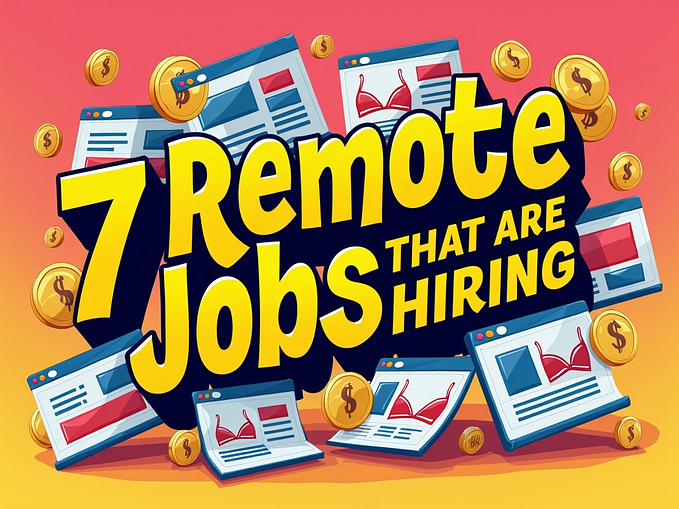
Everything in your home is about to get smart. Here’s what to watch out for.
You probably never thought you needed a smart oven or smart lights, but soon it might be hard to find any household objects that aren’t smart.
Device makers in almost every category are now cramming internet-enabled technology into everyday home devices from refrigerators to blenders, and it can be legitimately useful — if you’re careful about what you buy.
Smart devices can improve daily life by being aware of what you’re doing, so they can predict what you want them to do. For example, smart lights can learn when it’s bedtime and use that information to only use low brightness after that if you wander to the bathroom.
That convenience comes at a price, however: IoT devices generally require an internet connection to function, and harvest your information in return for helping improve your day.
The reality is that these devices are getting harder to avoid, so here’s my most important areas to check before purchasing.
1. What will this company do with my data?
My new smart device will be tracking everything I do with my lights or thermostat…will they then selling this information to advertisers? A lot more information can be deduced from this metadata than you might think.

Take a Nest thermostat, for example. It understands how warm or cold your house is, your preferred room temperature,and a number of other data points. If this data were to be used by advertisers, they could target specific ads about blankets to you when it’s cold, or a new air conditioner when it’s hot.
This might be annoying, but it’s hardly nefarious. But Nest’s metadata also reveals something else — when you’re most likely to be home (or not). That’s data you likely don’t want just anyone to know. Something similar to this happened recently when a fitness tracking devise inadvertently revealed the location of a secret U.S. military base. oops!
IoT companies aren’t typically forthcoming about how they intend to use your data so it’s difficult to assess from the outside. We do know that almost all of the major smart device makers reserve the right to sell this information at any time, but it’s not clear if any of them actually have sold data at scale.
Do your research and check, at the very least, what the business model of the company is. If they’re silent about their data policy, ask. If they’re coy about revealing their policies, avoid them.
The IoT companies that care about your data and don’t actively sell it tend to tout this fact very loudly.
Nest, for example, has a public commitment to ensuring data is not sold by both itself and its parent company, Google.
2. Will this company exist in the future?
Be wary of buying from very young IoT startups, particularly those on Indiegogo and Kickstarter.

Device manufacturing, the cloud services that power the ultimate product, and the software development that goes along with IoT make these products expensive. Many device makers go out of business quickly, discovering when it’s too late that running at scale is too expensive, leaving your smart product as useful as a paperweight.
This is all too common. Sense, a San Francisco-based company that built sleep trackers, suddenly went out of business in 2017 when it ran out of cash, rendering its devices useless. Revolv, a startup building IoT hubs was acquired by Nest and bricked just a matter of months later.
These types of devices tend to be very expensive and rarely replaced, so it’s important to look at whether or not the company is funded well, and if it looks like it’s committed for the long haul.
3. Can I use this without an internet connection, or is it compatible with any standards?
This is a lesson I learned the hard way…
This can make all the difference between keeping your devices running for years and them being a write-off within months of buying them. Some device makers build entirely closed ecosystems that require cloud services to interact with, while others build their apps and hardware in a way that they’ll work if the internet is down… or the services they connect to go away.
When purchasing, do the research and check if the device you’re buying continues to function offline. If it does, you’re likely all set, because you’re likely able to use it for the long haul even if the company building it gets sold or shuts down.
This is often a feature that’s advertised by IoT companies. TP-Link, for example, touts that its smart switches feature a ‘local only’ mode that allows you to use it without an account or even internet. Philips Hue does the same, with online features being an optional add-on that doesn’t ultimately break when the internet does.
Other products don’t fare quite as well.
One particularly bad IoT example was an Amazon Web Services outage in 2017 that caused connected lights to stop functioning until cloud services were restored, reiterating the importance of local control of your smart devices.
Another way to ensure this is looking for compatibility with standards. Devices that are compatible with Apple’s HomeKit technology are required to work offline without their cloud services, out of the box. Other standards, like Zigbee and Z-wave, are open and allow custom control so you can roll your own integration.
It’s not all bad
Despite the perils of IoT, many of these devices can legitimately improve day-to-day life. I’m a big fan of having my coffee machine triggered by my smart alarm clock, and I love being able to ask Google Home for movie mode to dim the lights and flick on the TV.
As the ecosystem matures and devices start working together better, there’s hope that you won’t need to think about these issues. Right now, the industry is a wild west of standards, or lack thereof, and land grabs — so be wary.
For now, however, it’s important to look at the device you’re buying carefully, because the first time the internet breaks and your heating goes crazy, you’ll be regretting installing it at all.









